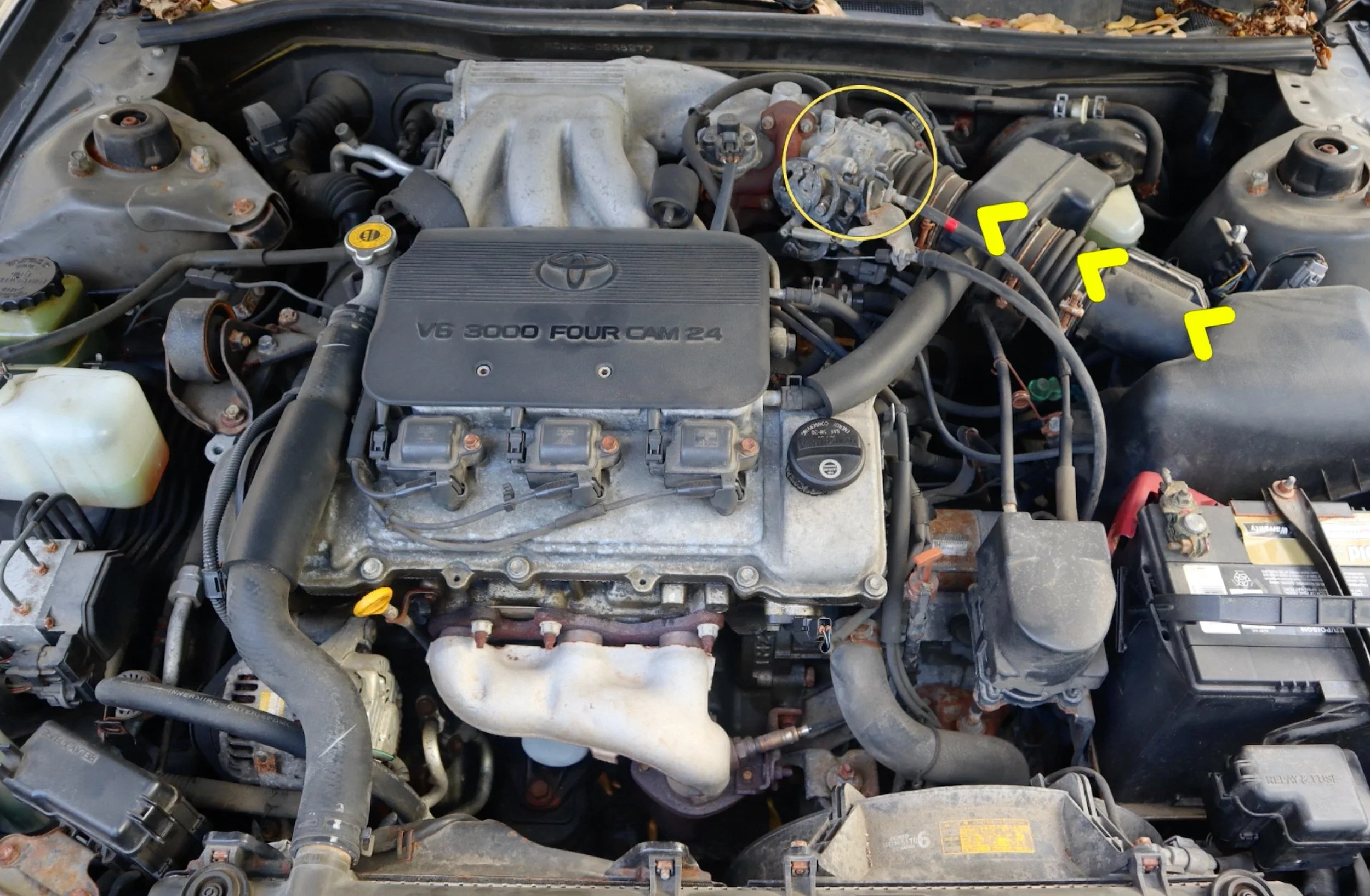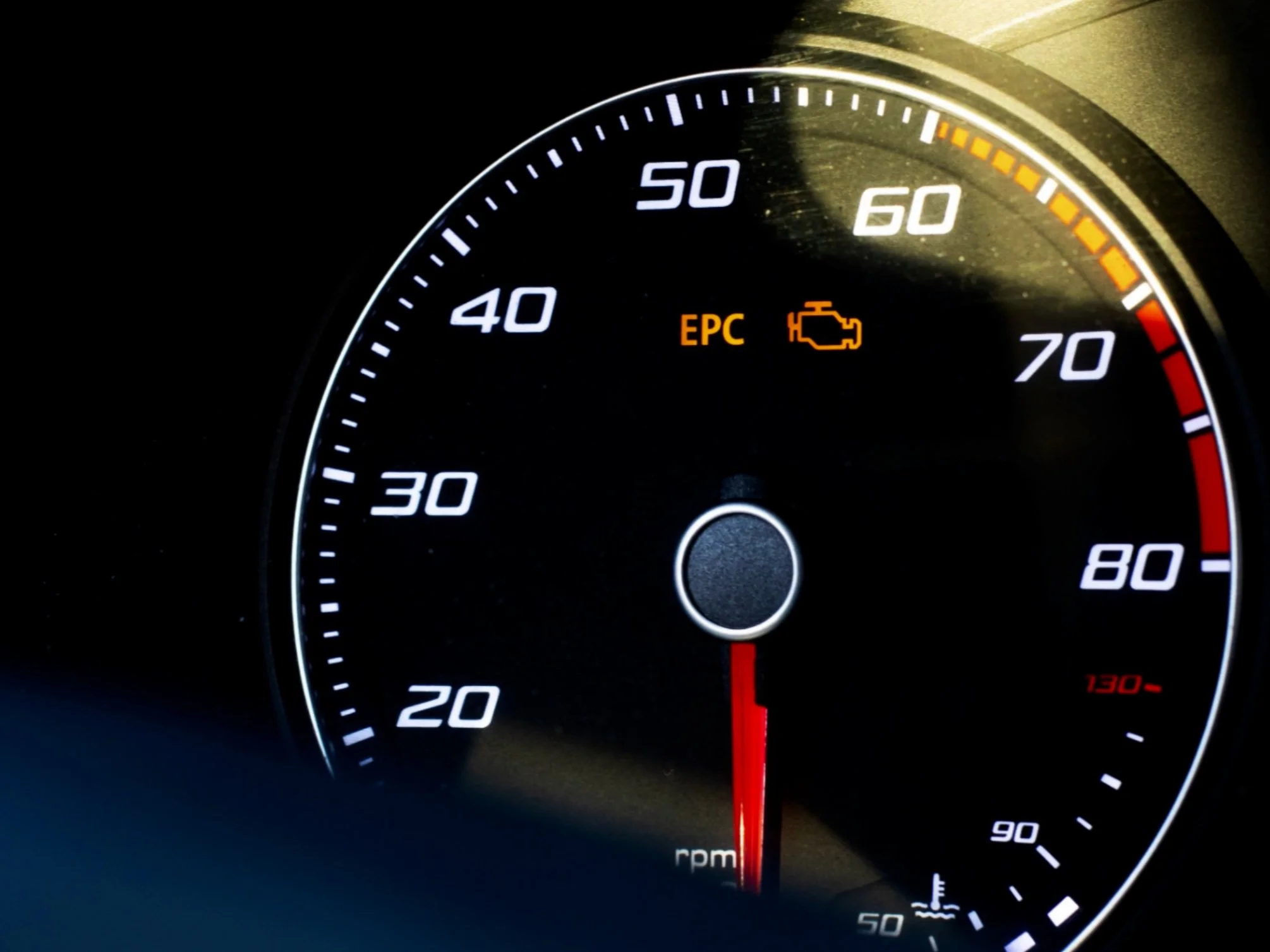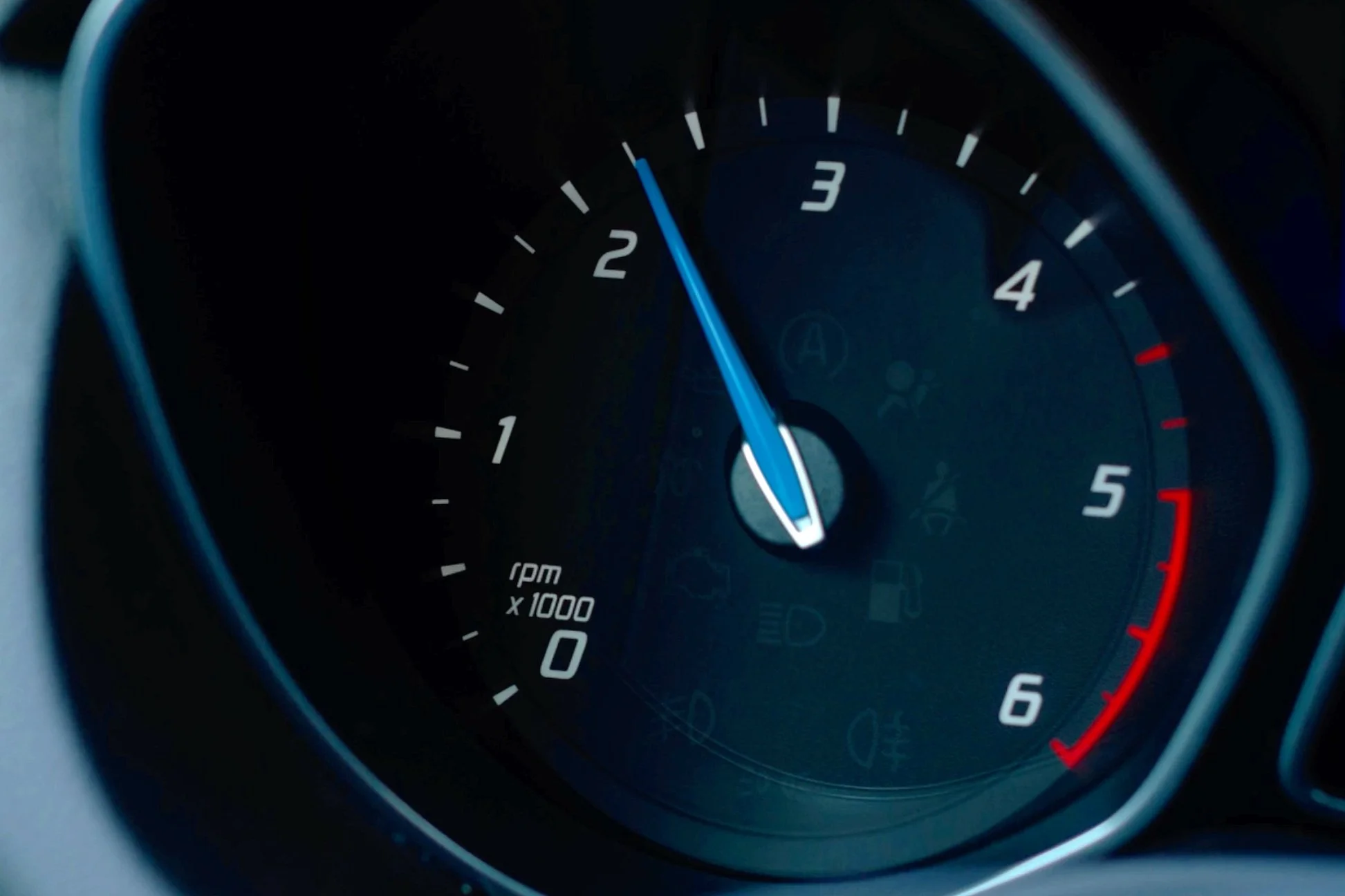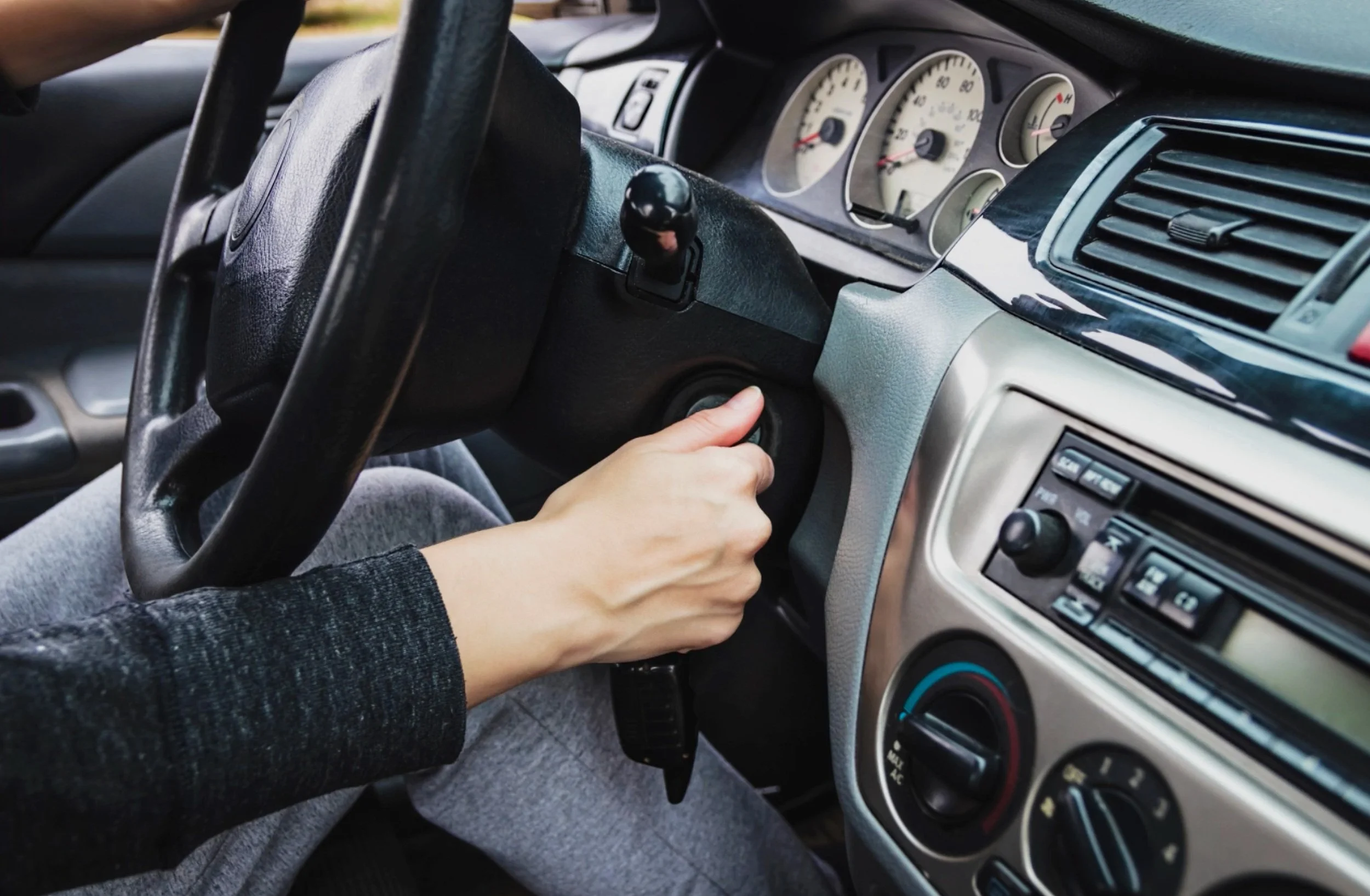6 SYMPTOMS OF A BAD THROTTLE BODY
The throttle body is kind of like the mouth of your car's engine. Its job is to control how much air comes in when you press down on the gas pedal. There are two types of throttle body systems: electronic and drive-by cable.
The newer cars usually have an electronic system where a motor controlled by the engine control module operates the throttle plate. Whereas in the older cars, you'll find the drive-by cable system where a cable connects the throttle plate to the gas pedal. When you press down on the gas pedal, the cable rotates the throttle plate to allow more air into the engine.
location
The throttle can be located by following the air intake into the engine as illustrated in the picture.
symptoms
check engine light
The first symptom of a bad throttle body you could be experiencing is an engine light. The engine control module monitors the performance of a throttle body. If it detects a problem with it, the engine light will come on. Here are some codes that may show up :
P1121: Throttle Actuator Control Motor Circuit Range/Performance
P1122: Throttle Actuator Control Motor Circuit Low
P1123: Throttle Actuator Control Motor Circuit High
P1124: Throttle Actuator Control Motor Circuit Intermittent
P0300: Random Misfires
Ensure you can access your car's diagnostic codes by acquiring an OBD2 scanner here.
VEHICLE HESITATION
The second symptom of a faulty throttle body is your vehicle hesitating to move. This could happen if the motor that’s responsible for rotating the plate is starting to go out. A weaker motor will result in a slower response rate when you press down on the gas pedal. Another reason could be dirt on the throttle plate, which will cause it to get stuck.
High/rough idle
The third symptom is your car idling rough or high. In the beginning stages of the throttle body going bad, you’ll notice your vehicle shaking while it’s in the stopped position. This happens because the dirt accumulates around the throttle plate. This prevents the correct amount of air to come into the engine and throws off the air-fuel mixture, which could also result in misfires. Once the engine control module notices a problem with the throttle body, it’s going to open up the throttle plate a tad bit to allow more air to come in. You will notice your RPMs will usually be higher than 1000 when you’re parked or at the stop sign.
engine stalling
The fourth symptom you could experience is your engine stalling. Maybe you notice your car turning off at the stop sign, while you’re parked, or at the red light. This can happen if the throttle plate edges are gunked up with dirt, preventing air from coming into the engine, and resulting in your vehicle turning off. The reason why it turns off when the car is stopped, and not when the car is moving is because the throttle plate is opened up a lot more when the car is in motion.
limp mode
The fifth symptom is your car going into limp mode. Once the engine control module determines the throttle body is not reliable, it will turn on limp mode. Limp mode is a safety feature that protects you and your car. The RPMs and speed will be limited and you’ll be usually stuck in second or third gear.
Crank but no start
The last symptom is a crank but no start. This has personally happened to me. I turned the key to the start position and heard the starter cranking the engine, but it wouldn’t turn on. When diagnosing, I came to the conclusion that the throttle plate was so dirty that it was stuck-closed. This prevents the right amount of air to come into the engine. And if the engine has an incorrect air-fuel ratio, there won’t be combustion to get the engine running. I ended up cleaning the throttle body with a carburetor cleaner and a toothbrush.
Check out my YouTube video!
Disclaimer: Some links in this article may be affiliate links.









